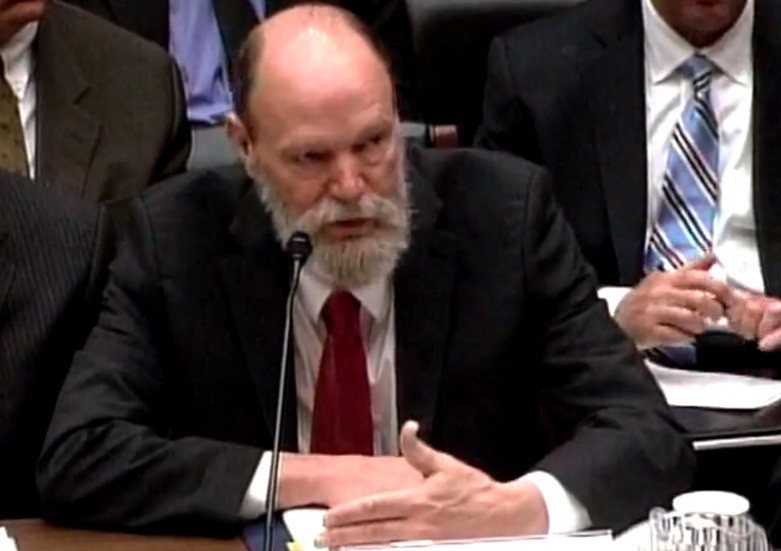
Misleading Math from a Critic of Lifeline
At a House Communications and Technology Subcommittee hearing last Thursday, opponents of the Lifeline program — which ensures that every American has access to telephone service — perpetuated many myths about its recipients.
Instead of recognizing how our nation’s most vulnerable populations (including the elderly, the disabled, veterans and struggling families) rely on this literal lifeline to connect to the outside world — for medical care, job opportunities and emergency services — critics implied that all Lifeline recipients engage in rampant fraud, obtaining multiple phones and reaping in duplicative subsidies.
The testimony of Billy Jack Gregg of Universal Consulting played into these myths. Gregg testified that six states receive more Lifeline funding than they should — some almost twice the amount — based on each state’s total number of eligible users. He used these numbers to suggest that there’s widespread oversubscription and fraud in these states.
Here’s the problem: Gregg’s analysis itself uses flawed statistics regarding both the number of eligible subscribers and the amounts they're eligible to receive.
- Reliance on outdated poverty statistics. To determine the number of eligible recipients, Gregg looked at poverty data from 2011. But then he compared the number of eligible individuals in 2011 to projected levels of Lifeline funding in 2013. He failed to account for any increase in the number of eligible participants from 2011 to 2013 (and this number likely rose given the state of the economy). In fact, when actual Lifeline support from 2011 is compared to Gregg’s estimated number of eligible households for that same year, the discrepancies disappear.
- Undercounting the population of eligible recipients. To determine the number of households that qualify for Lifeline support, Gregg estimated the number of households at or below 135 percent of the federal poverty guidelines’ income amounts in each state. Many states, however, use different eligibility standards for Lifeline, which means that using 135 percent of the federal poverty level understates the population of eligible recipients. For instance, a consumer can qualify for Lifeline if she participates in the Low-Income Home Energy Assistance Program (LIHEAP), and in Maryland, LIHEAP eligibility is set at or below 175 percent of the federal poverty level. So Lifeline eligibility in Maryland (one of the states Gregg accused of allowing oversubscriptions) uses a much higher standard than the proxy Gregg used.
- Understatement of funding to tribal subscribers. Enhanced Lifeline benefits are available to consumers on tribal lands, and these benefits can account for the high Lifeline totals in states with significant numbers of tribal subscribers. Alaska and Oklahoma — two states highlighted in Gregg’s testimony — contain 88 percent of the nation’s tribal Lifeline subscribers. In an attachment submitted with his formal testimony, Gregg qualified his estimates for Alaska and Oklahoma by noting “it is possible that additional tribal support is responsible for the high level of actual support in those states.” Yet his presentation skimmed over this fact.
Despite the obvious flaws in Gregg’s approach, his testimony gained a lot of traction during the hearing. Too many witnesses and representatives focused on the image of the deceitful subscriber who walks around with multiple free phones.
But we need to give deserving recipients a pathway out of poverty rather than demonize them. We should root out the rare cases of abuse by individuals, but focus on ending abuses by companies that profit from the subsidy system and price people out of the mobile market in the first place.
Free Press welcomes a discussion on how to sustain the Lifeline program as communications technology continues to evolve. Consumers pay into this fund, and as a consumer group we don’t want any of that money wasted. Lifeline’s funding structure was appropriate for a regulated landline market, but is ill-fitting for the deregulated wireless and broadband markets.
We should not sever the most vulnerable populations from new means of communications, but instead should support these new services. Let’s focus on how we can achieve Lifeline’s important goals in the most efficient manner possible. We can’t let misleading statistics and politically motivated arguments shape decision making about this vital program.
Jennifer Yeh is a policy counsel for Free Press.